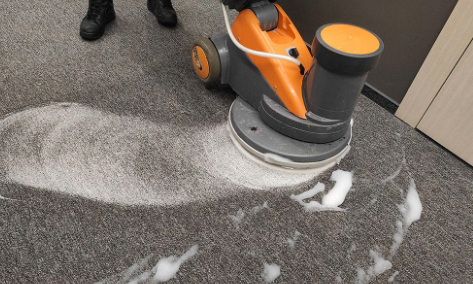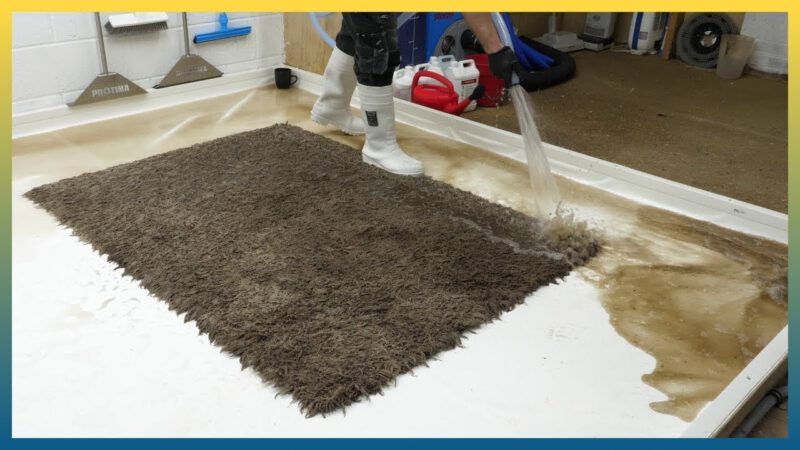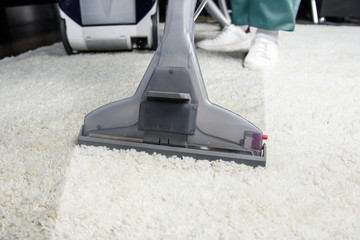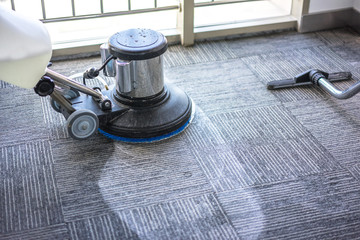How to Choose the Right Carpet for Your Home
Carpet Cleaning Rogers AR is a popular flooring option for many reasons. It’s warm and soft, absorbs noise, and adds decoration or color to a room.
Carpets are made of natural or synthetic fiber. The two most important characteristics to consider when choosing a carpet are the fiber type and pile.
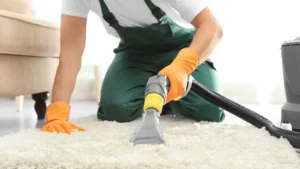
Carpet provides a great deal of benefits for the home. In addition, adding a soft and cozy feel can help reduce noise levels, especially when compared to hard surface floors. It also serves as a thermal insulator, trapping warm air in the winter and keeping cool air from seeping in during summer.
Carpet offers a wide variety of color options. From muted tones to bright shades, there is no shortage of options to express your style. Whether you want to create a bold statement or a subtle background, carpet can be the perfect solution.
Safety: Carpet can help improve safety in the home by reducing the risk of slips and falls, particularly on stairs. It provides a textured surface that can help prevent accidents and offers a cushioning effect in the event of a fall, which is particularly beneficial for children and elderly individuals.
Sound: The carpet helps reduce noise in the home by absorbing it rather than letting it bounce around the room. This makes it ideal for living rooms and bedrooms.
Health: While many people have been advised to remove carpets due to respiratory issues, studies have shown that the opposite is true. Carpets trap allergens, dust, and other pollutants, holding them in the pile fibers until they are removed with a thorough vacuuming.
Variety of Use: Carpets aren’t just for floors; they can be used on stairs, walls, posts, and other surfaces to create a unique look in the home or office.
Durability: Carpet can last for years when properly cared for and maintained. It is designed to withstand heavy foot traffic and other daily activities.
Price: The carpeting cost is relatively affordable compared to other flooring options. This is because it requires less installation time and professional cleaning services.
Sustainability: A green alternative to traditional flooring, carpeting is made from recycled materials and can be easily recycled at the end of its life. This is because the components can be separated without tainting each other.
Carpet is an excellent environmental choice as it is recyclable and can be made from many recycled sources, including plastic bottles, textiles, and even recycled car seats. However, the recycling process is costly, and it can take years for a carpet to reach a full recycling cycle.
The first thing to consider is what room you want your carpet in, which will determine the style, fiber type, and thickness. It is also important to consider the amount of traffic the room gets and how often you plan on vacuuming. Once you know the answers to these questions, the flooring professional can advise on a fiber that will suit the needs of your home.
Carpets can be woven in various materials and come in multiple colors. Some are woven with a cut pile (like plush or Berber), and others with a loop pile (like shag). New carpet styles blend cut and looped yarns to create sculptured effects like squares, chevrons, and swirls.
Woven carpets are woven on a loom and typically made from colored wool or a combination of wool and other natural fibers. The type of yarn used is crucial to determining the finished product’s quality and can determine its durability. The higher the face weight of a carpet, the more durable it will be.
Embroidered carpets are great for bringing color and pattern into a space. They were typically created by hand using embroidery stitches on a cloth base. Women commonly made them in the home until steel needles became available and linen weaving improved. They usually feature designs from the 16th century that incorporate scrolling vines, regional flowers, and, if they are dated, animal heraldry or coats of arms.
Another popular carpet trend is to match the color of your walls with the carpet so that it appears to blend into the wall and creates a cozy cocooning feel. This works well with textured, neutral shades and helps to tie a room together.
Try adding texture with a cut and loop patterned carpet for a contemporary look, or go bold with a geometric print that adds interest without feeling too busy. Tartan is also a huge design trend and can be a hit or miss with some, but there are now more subtle, modern takes on the traditional country pattern that will work in contemporary homes.
The type of fiber used determines basic performance and appearance. There are natural and synthetic options, and most styles fall into one of five categories.
Wool carpet, made from a woven construction, is the granddaddy of soft floorcoverings and offers excellent stain resistance with proper care. It’s also naturally flame-retardant. It’s the most expensive option and will last up to twelve years, depending on usage.
Nylon is the most common and widely available type of synthetic fiber. It is very durable, provides good soil resistance, and comes in various colors. Nylon is available in some cuts and constructions such as frieze, shag and textured. A sculpted (looped cut) carpet uses short and long fibers to create a patterned look. It is often used in high-traffic areas of the home because it can hide dirt and footprints.
Another popular option is polyester, known as PET or polyethylene terephthalate. It is resilient and resists soiling well, although it can be prone to oil-based staining. Like nylon, it can be dyed in a range of colors.
A less expensive option is polypropylene, which is similar to nylon in color and performance but offers a more traditional feel. It’s also durable and affordable and holds up well to heavy wear. It is not as dimensionally stable as nylon and can be susceptible to abrasions, damaging the carpet’s backing.
A newer synthetic fiber is triexta, which combines the best attributes of both polyester and nylon. It’s extremely durable, colorfast, and easy to clean. It’s also soft, reducing the impact on your back, knees, and feet. It’s a great choice for high-traffic areas of the home, but it’s becoming more popular in commercial settings. It’s also made from a renewable resource and can be recycled into a new carpet. Your salesperson can provide more information on the greener options your dealer carries.
Carpeting is a versatile floor covering that can be laid in a variety of ways. Area rugs can be placed anywhere on the floor and easily moved to other areas, while wall-to-wall carpeting is permanently affixed to the flooring surface. Professional installation is recommended to ensure a quality appearance and a full warranty and to prevent issues like wrinkling, rippling, and seam failure.
A layer of material affixed to the backing of a carpet that reduces noise and increases comfort, insulation, and durability. Padding also acts as a cushion to protect the subfloor from damage. Choosing a pad that fits the style and weight of your carpet and the amount of traffic it will receive is important. An improperly installed carpet can result in a bumpy and uneven surface and may void the warranty.
The yarn strands in a carpet are typically twisted to minimize the appearance of footprints and vacuum tracks. Weaving the strands also increases resilience and durability.
A type of cut pile carpet with a casual look and high height. It has a soft feel and can hide dirt and stains well.
The colorfastness of a carpet is rated using the industry standard ISO 1232 test. This test measures the carpet’s colorfastness on a scale from 5 (no change) to 1 (severe).
A fabric or paper is woven onto the back of a carpet to increase strength, durability, and abrasion resistance. The backing is normally made of a durable, stain-resistant fiber that is spun polyester or nylon.
Often referred to as the “back” of the carpet, the primary role of the backing is to support and strengthen the pile of the carpet and to provide an excellent base for attachment to the floor. The backing can be constructed of polypropylene or a blend of polypropylene and polyester, depending on the manufacturer.
Seams are necessary to join the pieces when a carpet is too long for one room. Seams can be minimized by proper stretching and application of seam adhesives. Seams should be double-glued to prevent delamination and edge ravel.

